-
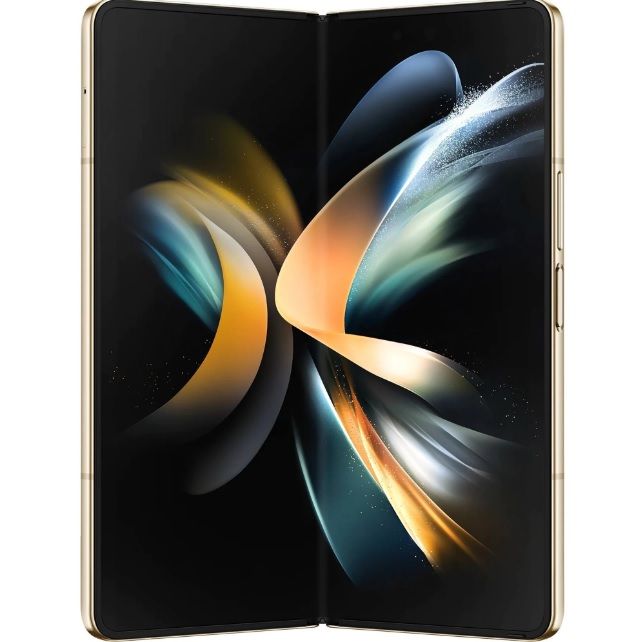
Samsung Galaxy Z Fold 4
A tablet-sized powerhouse in your pocket$1400 $1800 Save $400The Samsung Galaxy Z Fold 4 remains among the best foldables you can buy in the US. Thanks to the Snapdragon 8+ Gen 1 chip, the phone delivers great battery life. And Samsung has even equipped the phone with great cameras, making it a compelling device.
Pros- Premium build quality
- Great cameras
- Excellent software support
Cons- Cover display feels cramped
- Heavy
- Slow charging speed
-
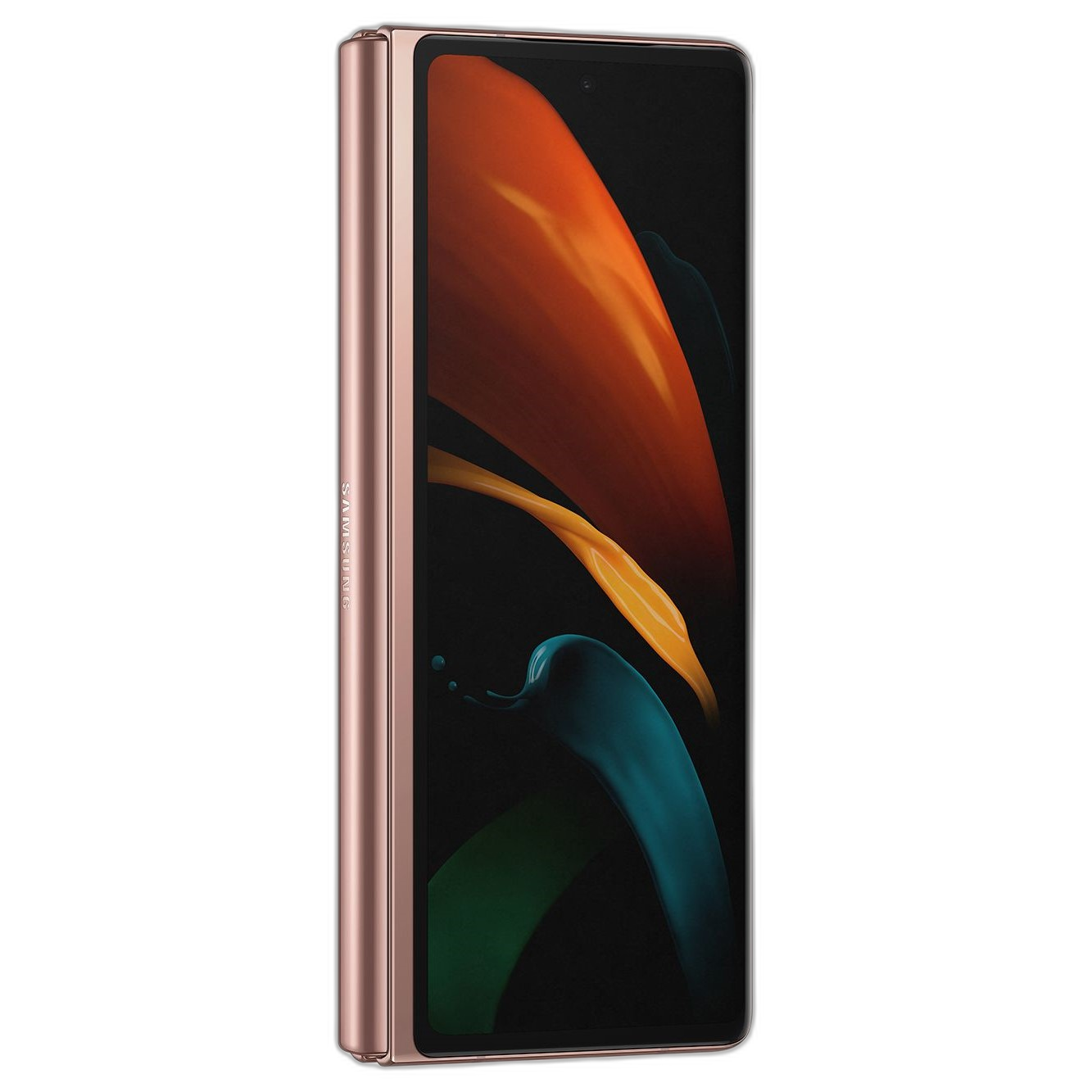
Samsung Galaxy Z Fold 2
A powerful workhorseThe Samsung Galaxy Z Fold 2 was a significant upgrade over the original Fold, packing all the right upgrades and changes. This included the switch to a 120Hz refresh rate for the internal display and a bigger cover display. But like its predecessor, the Fold 2 fell short in the camera department.
Pros- Premium build quality
- Big internal display
- Decent battery life
Cons- No IP rating
- Reliability issues
- Expensive
The Samsung Galaxy Z Fold 4 packs all the right improvements over the Samsung Galaxy Z Fold 3. This includes the usual yearly improvements like a faster chip, improved cameras, and a better display. Given how good the Fold 3 was, these minor upgrades make the Galaxy Z Fold 4 among the best Android smartphones on the market. Compared to 2020's Fold 2, though, the Z Fold 4 packs a lot more prominent changes. But if you already own the Galaxy Z Fold 2, should you upgrade to the Fold 4? Or wait for the 2023 Galaxy Z Fold 5? Let's dig into the details.
Price, specs, and availability
The Samsung Galaxy Z Fold 2 was an expensive foldable when it launched in September 2020, with a retail price of $2,000. While the phone's folding form factor justified its high price, it was also why many consumers shied away from it.
Despite making several improvements over the next two years, the Galaxy Z Fold 4 carries a lower MSRP of $1,800 in the US. And if you can take advantage of various deals and bundles periodically found at multiple retailers, you can get the phone for an even lower price.
The Galaxy Z Fold 2 is no longer on sale, while the Fold 4 is readily available in every major market.
-
Samsung Galaxy Z Fold 4 Samsung Galaxy Z Fold 2 SoC Snapdragon 8+ Gen 1 Snapdragon 865+ Display RAM 12GB 12GB Storage 256GB, 512GB, or 1TB 256GB, 512GB Battery 4,400mAh 4500mAh Ports USB Type-C 3.2, OTG USB-C Operating System Android 14 and One UI 5.1 Android 13 and OneUI 5.1 Front camera 4MP f/1.8 under-display camera (80˚ FoV, 2.0μm pixels), 10MP f/2.2 cover display camera (85˚ FoV, 1.22μm pixels) Cover display: 10MP f/2.2, Foldable screen: 10MP, f/1.8 Connectivity UWB, NFC UWB, NFC Dimensions Folded: 67.1 x 155.1 x 15.8 mm, Open: 130.1 x 115.1 x 6.3 mm Folded: 159.2 x 68 x 13.8-16.8 mm, Open: 159.2 x 128.2 x 6.9 mm Colors Graygreen, Phantom Black, Beige, Burgundy Mystic Bronze, Mystic Black Weight 263g 282g IP Rating IPX8 N/A
Design
To the untrained eye, the two devices look extremely similar. The biggest visual difference most people notice is the smaller, less intrusive on the Z Fold 4 when it's unfolded. The big design changes, however, come under the hood.
The original Galaxy Fold was infamous for its durability issues. With the Fold 2, Samsung took some steps to address this issue, including using a thin folding glass on the foldable display. The hinge was also redesigned to make it harder for dust or other contaminants to slip in and damage the screen or internal components.
The durability improvements include an "optimized layer structure" on the folding screen to reduce damage from shocks, advanced metal frames, an upgraded hinge cover, and Gorilla Glass Victus+ on the cover screen and rear glass. The Galaxy Z Fold 4 carries an IPX8 rating, meaning it can survive a surprise swim in up to five feet of fresh water for up to 30 minutes. Compared to Fold 2, the hinge on the Fold 4 is noticeably slimmer. The Z Fold 4, despite the durability improvements and better hardware, also weighs 21g less at 263g. That's still heavy, but the reduced weight will make handling the foldable slightly more manageable.
If you have butterfingers or happen to be careless with your phones, the Fold 4's enhanced durability makes it a worthy upgrade. And for that additional peace of mind, you will be glad to know that if your Fold 4 ever needs a screen replacement, Samsung has also made that cheaper. You can always put one of the best Galaxy Z Fold 4 cases on the device to protect it from dings and drops.
Display
A quick look at the specs sheet shows that the Galaxy Z Fold 4 sports a similar 6.2-inch HD+ cover screen and 7.6-inch QXGA+ 120Hz foldable display as the Fold 2. They're slightly different though, in terms of aspect ratio. When unfolded, the Fold 4's display is slightly wider, which makes two-hand usage a little more productive. The outer cover display is less narrow, making it feel less cramped than before. While minor, these improvements significantly impact usability. The only other changes are a slightly brighter and more efficient panel on the Z Fold 4.
Performance
Qualcomm's 2020 flagship chip, the 7nm Snapdragon 865+, does duty inside the Galaxy Z Fold 2. 12GB RAM and speedy 256GB UFS 3.1 storage further ensure Samsung's 2020 foldable does not feel slow to use. That is, as long as you are not a heavy user. On the other hand, if your workload is heavy and involves running multiple heavy apps or games simultaneously, the Z Fold 2 will show its age.
The 4nm Snapdragon 8+ Gen 1 chip inside the Fold 4 is much more powerful. Coming from Fold 2, you might notice smoother animations and faster launch times. The additional horsepower will be handy when you are heavily multitasking, as the switch between apps will be seamless and quick. Like the Fold 2, the Fold 4 features 12GB RAM and can be configured with up to 1TB storage, albeit only in select markets.
If you are considering upgrading from Fold 2 to Fold 4 for better performance, it might be better to wait until the 2023 model. You can opt for the Z Fold 5, which will use Qualcomm's Snapdragon 8 Gen 2 chip to improve on both performance and efficiency front, or you could take advantage of the potential Z Fold 4 deals as retailers try to offload stock once the Z Fold 5 hits shelves.
Battery life
On paper, the Galaxy Z Fold 4 has a slightly smaller 4400mAh battery than the 4500mAh cell on the Fold 2. However, Samsung's 2022 foldable will last longer despite a slight drop in battery capacity, thanks to its more efficient 5nm chip and inner and outer displays. Don't expect tablet-like battery life from the Fold 4, though. Like the older model, it has enough juice to last a day of medium to heavy use.
Both models support Samsung's 25W fast charging. But it is the newer Fold that charges faster. When using a compatible 25W USB-C adapter, you can top off the Fold 4's battery to 50% in 30 minutes. A full charge takes around 80-90 minutes. The Fold 2 charges much slower — a 0-100% top-up takes nearly two hours.
Both devices support 15W wireless fast charging and Samsung Wireless PowerShare, which lets you reverse-charge other Bluetooth accessories using your phone.
Camera
While the camera's technical specifications look similar, the Fold 4 uses newer and better sensors to deliver an improved imaging experience. At the rear, the Z Fold 4 houses the same 50MP primary shooter as the Galaxy S22+. The bigger and newer sensor can capture more details and has a better dynamic range than the Fold 2's 12MP camera. Coupled with the faster image processing chipset inside the Snapdragon 8+ Gen 1 chip, the Fold 4 can record 8K videos, whereas the 2020 Fold tops out at 4K.
You can zoom in further into your subjects with the Fold 4 with its 3x optical telephoto sensor and 30x digital zoom. It falls short of the Galaxy S22 Ultra's 10x periscope zoom lens but is still an upgrade over the older Fold's 2x optical and 10x digital zoom. The ultrawide camera is the same, though you might see some processing improvements on the newer model. In addition, thanks to Corning Gorilla Glass DX, lens flaring in low-light shots will be less of an issue on the Fold 4.
You get the same 10MP selfie camera on the cover display of both Folds. On the foldable inner display, though, it's a different story. The Galaxy Z Fold 4 features a 4MP under-display camera—that's down in resolution compared to the Fold 2's 10MP shooter. However, the under-display camera is less obvious and offers a better full-screen experience. Samsung seemingly wanted a bigger and better camera sensor on the Galaxy Z Fold 4 but canceled them because they added unnecessary weight and thickness.
Must-have software support
Samsung is the undisputed leader in terms of Android software support. It promises four years of OS updates and five years of security patches for its newer devices, starting with the Samsung Galaxy S21 and Z Fold3/Flip 3 series. This means the Fold 4, which launched with One UI 4.1 based on Android 12L, will receive all OS updates until August 2026. And another year of security updates after that.
As for the Galaxy Z Fold 2, Samsung promises three major OS updates and four years of security patches. The device launched with Android 10 and is currently running Android 13. This means that from an OS update viewpoint, the Z Fold 2 has reached its end of life. Going forward, Samsung will only roll out security patches and minor new One UI builds for the phone.
Samsung quickly updated the Galaxy Z Fold 4 and Fold 2 to Android 13-based One UI 5 within a few months of the OS's public release. In addition, the company recently rolled out the One UI 5.1 update for its foldable devices. Samsung's latest skin packs several new features and changes. You can read about all the new One UI 5.1 features.
Samsung has tried to maintain feature parity between the two devices from a software viewpoint, with the Fold 2 getting almost all the new software-based features as Fold 4. But you can't expect this to remain entirely the case, with the Fold 2 no longer receiving major OS updates.
Should you upgrade?
If your Galaxy Z Fold 2 has held up with abuse well so far, there's no pressing reason for you to go and buy the Fold 4. Despite its age, Samsung has rolled out regular updates for the Fold 2, giving you one less reason to switch away from it. The phone has received its last OS update in Android 13, but Android 14 is still a few months away from public release.
As for the Galaxy Z Fold 4, it packs improvements in all key areas you expect: a more durable and brighter display, better performance, battery life, and camera. And while all these advancements are welcome, they're not big enough to warrant an immediate upgrade, especially given Samsung's solid software update track record. If you want the absolute best and newest, you're better off waiting for the Galaxy Z Fold 5, which could debut a new hinge design.
But there's an exception here. If your Galaxy Z Fold 2's foldable display shows signs of wear and tear or the hinge has gotten loose after hundreds of folds and unfolds over the years, the Fold 4 is a worthy upgrade. Trade-in Galaxy Z Fold 4 deals will help shave down that steep $1,800 price tag. When you upgrade to a Fold 4, set up the One UI 5 home screen the right way to get the most out of it.

Samsung Galaxy Z Fold 4
Still a winner
The Samsung Galaxy Z Fold 4 is the foldable to buy outside China if you can look beyond its steep price tag. With a 7.6-inch foldable display, Snapdragon 8+ Gen 1 chip, and 12GB RAM, the Fold 4 can make you a true productivity workhorse while on the go.

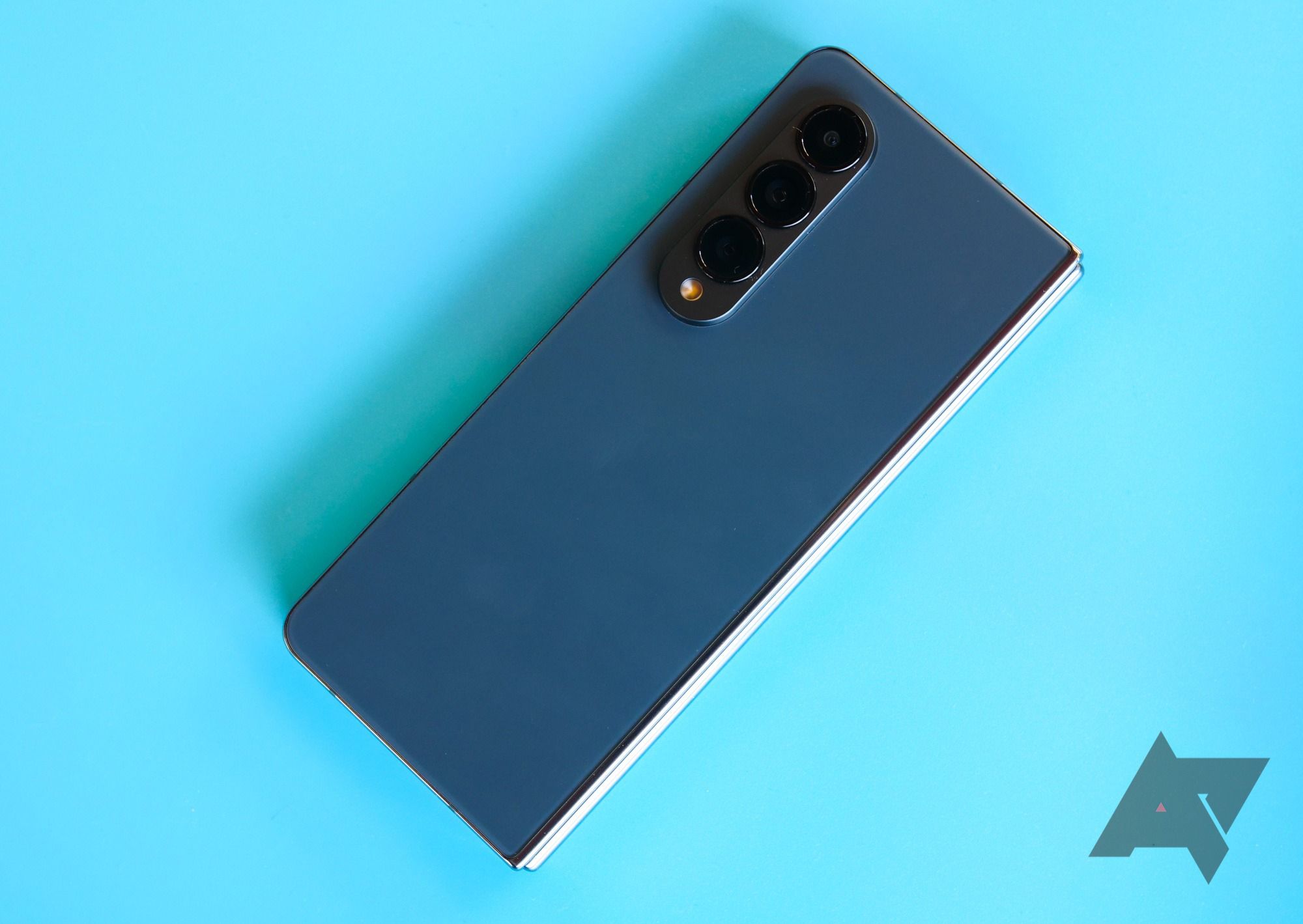
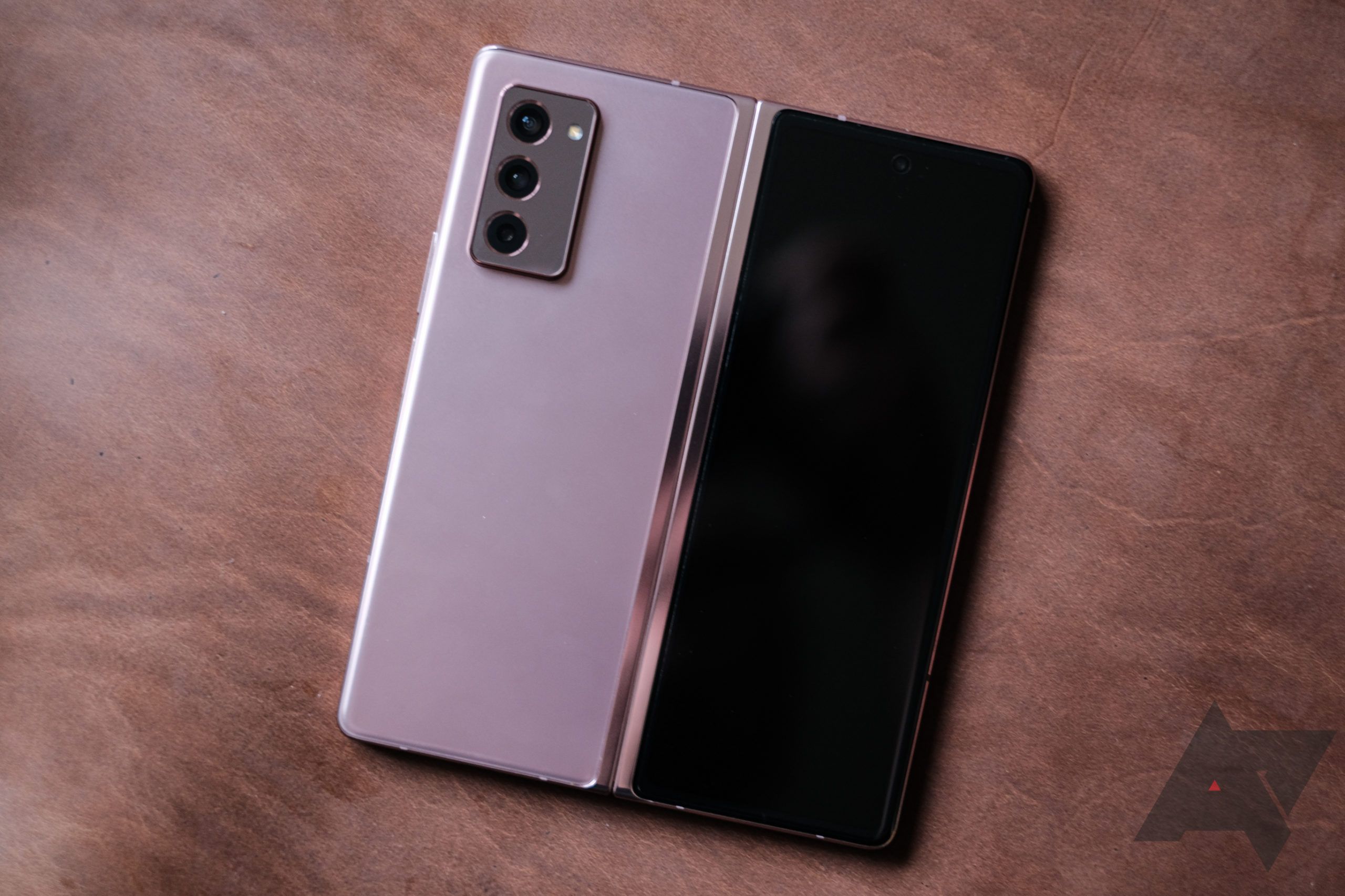
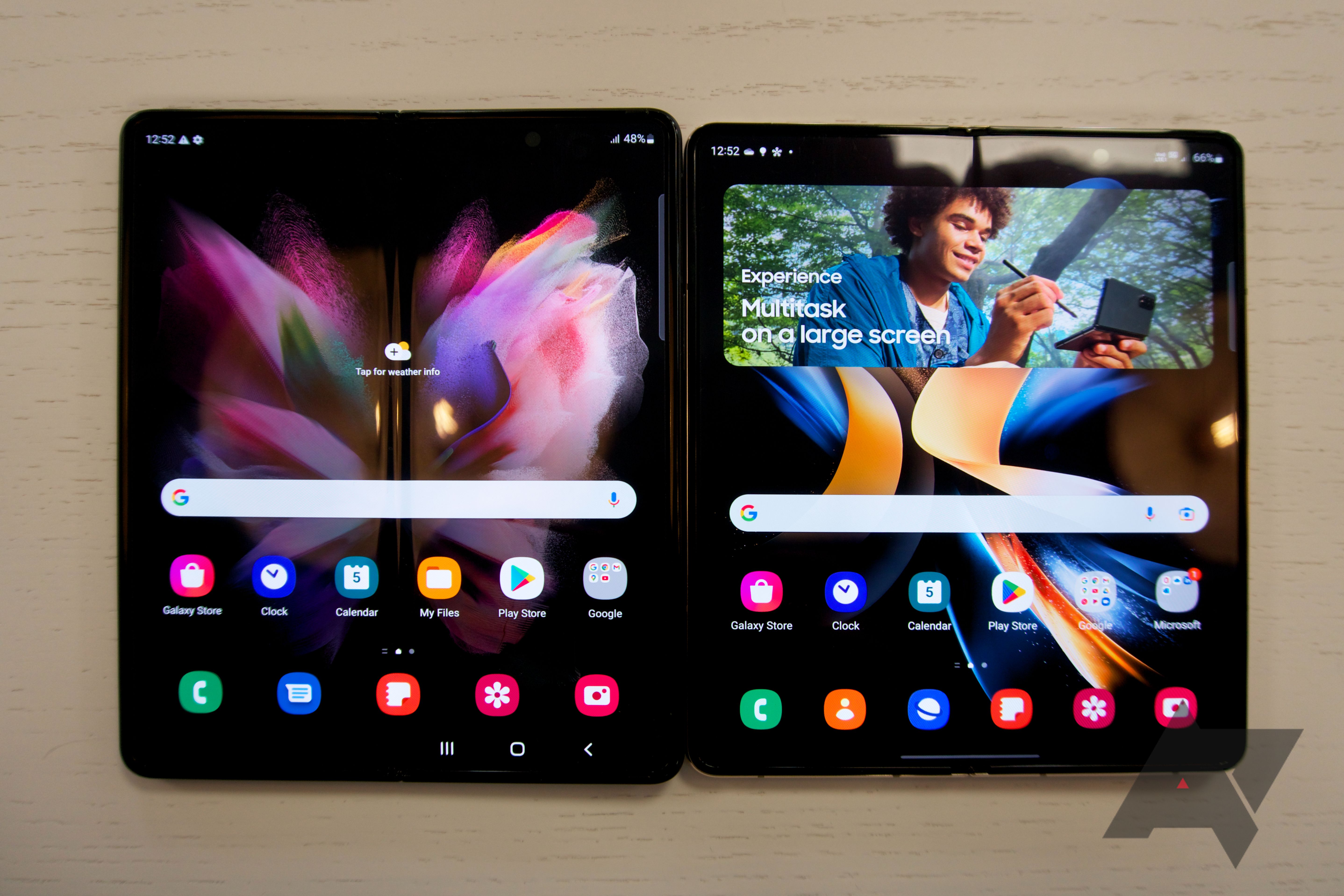
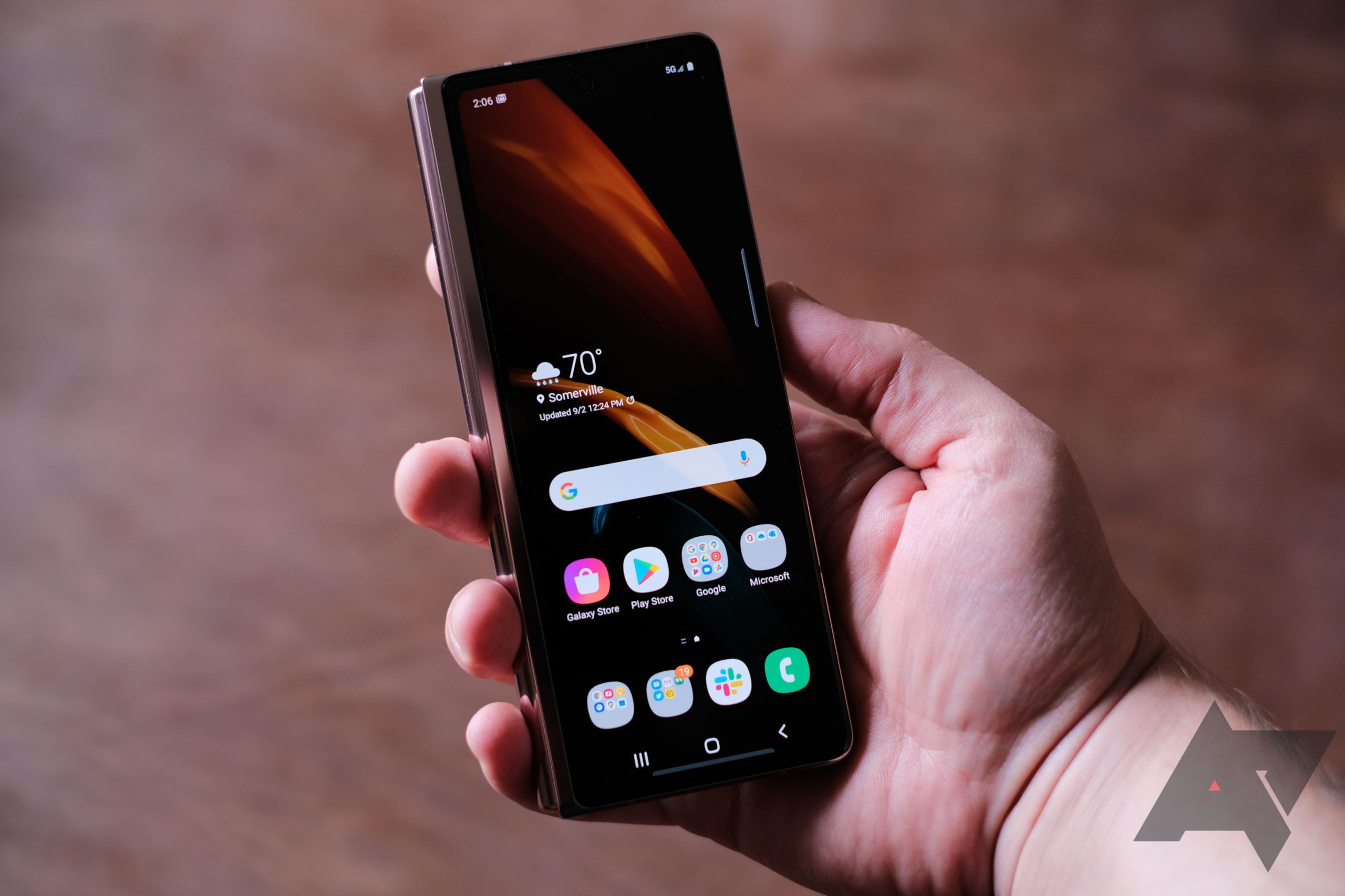
.JPG)
.JPG)
.JPG)
.JPG)